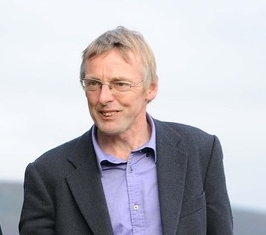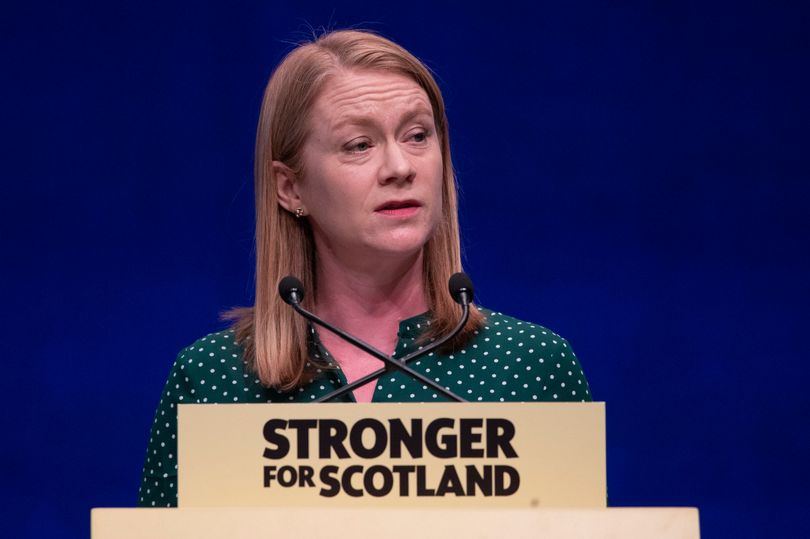There is an appropriate time for talking about ending emergency food provision but is that time really in the midst of a pandemic?
In an article for Third Force News last month entitled “Foodbanks are not essential – they must close, and for good”, Pete Ritchie, the director of Nourish Scotland, argued just that.
He wrote: “There’s no doubting the good intentions of (those) who run and work in foodbanks.
“They have been picking up the pieces of 10 years of austerity. But now, enough is enough.”
Last Friday, the Trussell Trust announced that foodbank use had increased 81% in the first two weeks of the pandemic.
However, Ritchie added: “It’s completely possible to give people money to buy food themselves if they have run out of cash.
“In Scotland, it’s called the Scottish Welfare Fund . . .”
However, when precisely that point was raised last week with Shirley-Anne Somerville, the Cabinet Secretary for Social Security, she was clear that the purpose of the fund is there to intervene in a crisis.
My concern is this view appears to reduce individuals to victims by maximising the role of the state and presents the view that poverty is about lack of money.
Politicians have a role to play and the Poverty and Inequality Commission has correctly affirmed the Scottish Government’s interventions, which includes investment in a Food Fund, Wellbeing Fund and the Scottish Welfare Fund.
These are vital measures but money does not always insulate people and emergency measures are sometimes necessary.
One among many measures to emerge locally in support of families at this time is Dundee Bairns, pioneered in 2016 to provide meals to children outside term time. The service, usually restricted to school holidays, is still running long after the Easter holidays have passed.
Four weeks ago, former community worker Genna Millar was appointed as the new programme co-ordinator and told me last week that volunteers, with support from Tayside Contracts, are providing 750 meals in the city each day.
Provision extends to 17 projects across Dundee, as far west as St Mary’s Community Centre and Chalmers Ardler Church and as far east as the Rock Solid project in Douglas, whose support touches more than 400 lives per day.
Jamie Kirk, a furloughed worker at Dundee United Community Trust who is entitled to stay at home, is instead helping up to 30 families every day with food from Dundee Bairns.
One neighbour told Jamie that, without his support, the children next door may well have gone without food.
Genna, like many key workers currently on the front line, knows uprooting services providing crucial support at this point could unleash a wider, potentially more lethal, pandemic of poverty.
She said: “I do not know how anyone can contest feeding children.” She added: “It’s the kids who suffer and there is a moral dimension to that.”


